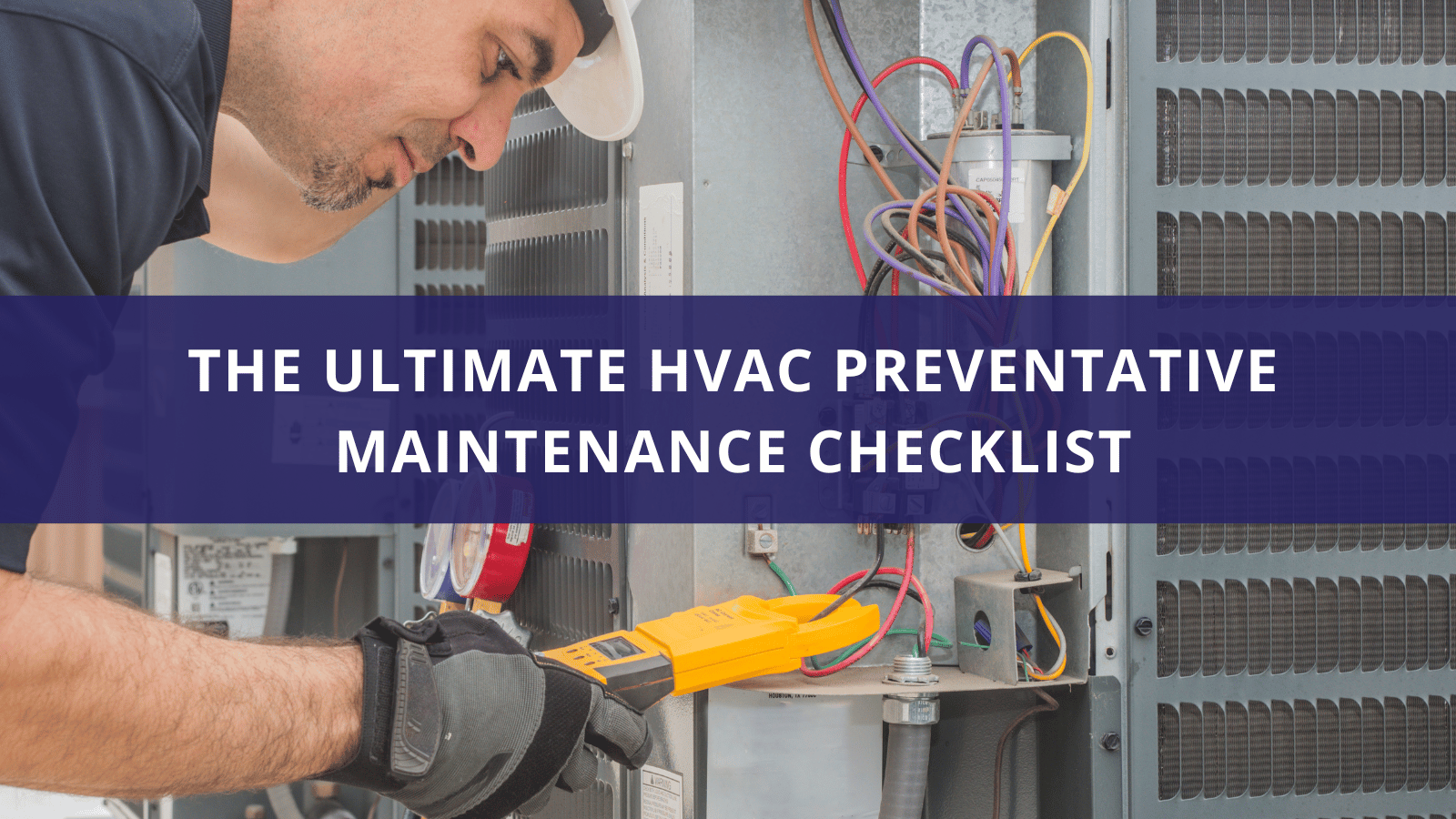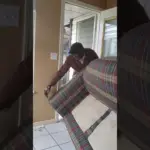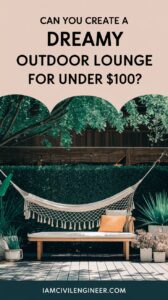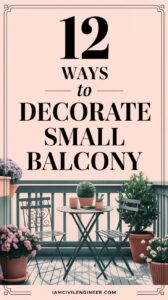Maintaining your HVAC system is crucial for ensuring its efficiency and longevity. Regular maintenance helps prevent unexpected breakdowns, saving you from costly repairs. Here’s a detailed guide to performing yearly HVAC maintenance checks, inspired by Ray Pearson from the Wm T. Spaeder Company.
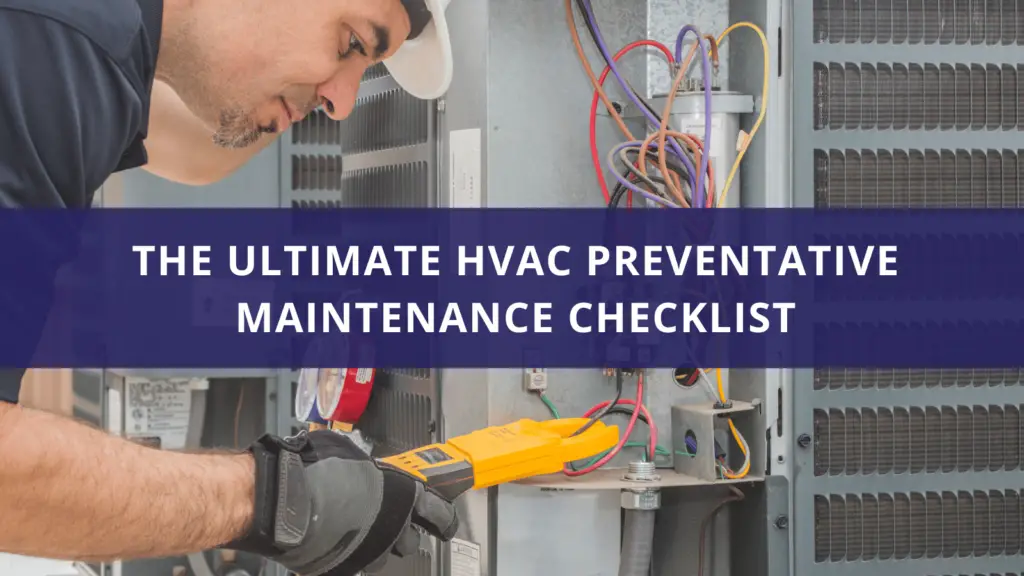
Initial Inspection
To start, remove the panel from the AC unit to inspect the electronics. It’s essential to check for any signs of spiderwebs, chipmunks, or mice, which can cause significant damage. Examine the wiring for any potential harm that could be caused by landscaping activities. For safety, disconnect the power before you begin. Inspect the contactor to ensure it isn’t pitted or burnt, and verify that all wiring is secure and not at risk of burning. Additionally, check the capacitor for leaks or rust and make sure water hasn’t infiltrated any electronics. A little dust is normal, but everything else should look intact.
Checking the Refrigerant
A refrigerant gauge is an invaluable tool for assessing your HVAC system. It measures pressures and indicates if the system is low on refrigerant, which could signify a leak. It also helps determine if the coils are dirty or plugged. After setting up your gauges, turn on the system to get accurate readings. If the unit is dirty, the head pressure will be high, which could affect performance. Before proceeding with detailed inspections, check the filter.
Inspecting the Filter and Furnace
Filters play a significant role in the efficiency of your HVAC system. Pull out the filter to see its condition. This particular system uses a six-month filter, but many smaller filters need to be changed monthly or every three months, depending on factors like pets and allergies. Changing the filter before testing ensures accurate pressure readings. Once the filter is checked, perform a quick inspection of the furnace. Turn the AC down low at the thermostat to facilitate testing, then do a final inspection of the furnace.
Testing Pressures
To ensure your system is operating correctly, compare your pressure readings with the manufacturer’s specifications. Different brands have varying acceptable pressure ranges. A dirty coil can affect pressure readings, even if it isn’t immediately apparent. As the unit runs, monitor the pressures. Stabilized pressures indicate the system is running well and is appropriately sized for the home. Listen for any abnormal noises and check for water leaks, as these can be signs of underlying issues.
Final Checks and Cleaning
While the AC is running, wipe down the unit to identify any deficiencies. This process often reveals minor issues, such as a stripped door switch screw, which can cause the unit to shut off. Fixing these involves simple tasks like re-drilling screws. Additionally, check for condensation leaks on the suction side of the line set and use cork tape to prevent floor damage. Regular cleaning is crucial for maintaining efficiency, so encourage monthly cleanings, especially for units located outside.
Regular HVAC maintenance can often prevent the need for extensive AC repair, but when issues do arise, timely intervention is crucial. AC repair typically involves diagnosing and fixing problems such as refrigerant leaks, electrical failures, or mechanical wear and tear. Technicians may need to replace faulty components, clean dirty coils, or repair damaged wiring to restore optimal functionality. Addressing these issues promptly not only ensures the system’s efficiency and longevity but also enhances indoor air quality and comfort. Regular check-ups and swift repairs can significantly reduce the risk of complete system breakdowns, keeping your home cool and comfortable even during peak summer months.
4o
Addressing Common Issues
During your inspection, you may find several issues:
Like Us on Facebook!
- Dirty Condenser: A dirty condenser can impede performance.
- Stripped Door Switch Screws: These can cause the unit to shut off unexpectedly.
- Insulation Problems on the Suction Line: Leaks here can lead to water damage.
By installing new screws and re-insulating the suction line, you can prevent these problems. Additionally, replacing the filter, checking pressures, and cleaning the condenser are all part of a standard yearly maintenance routine.
Subscribe Us on YouTube!
Conclusion
Regular HVAC maintenance is vital for keeping your system running smoothly and efficiently. Performing these checks annually can help prevent major issues and extend the life of your system. For comprehensive care, consider scheduling a professional inspection at least once a year for both your AC and furnace. Keeping your HVAC system in top condition will ensure a comfortable and efficient home environment all year round.

